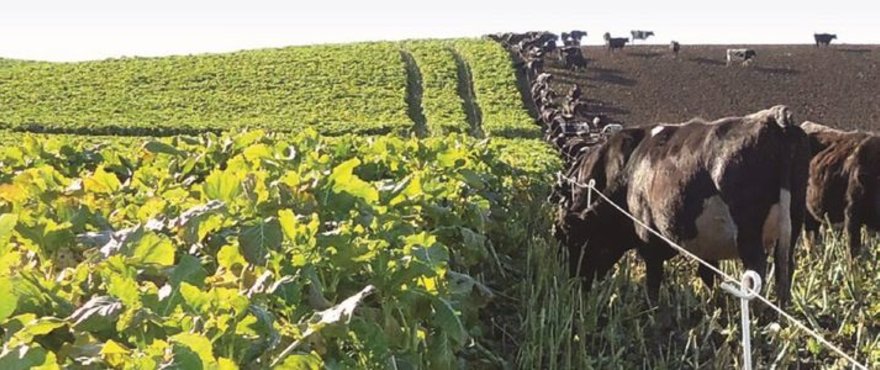Download a copy of the Caledonian Kale factsheet.
Caledonian is a tall high yielding kale with softer stems that provides excellent winter feed for cattle. It has good winter hardiness and, like all kales has good club root tolerance. Reached maturity in 5–7 months.
Key features
- Excellent stem ME compared with other tall kales
- Extended grazing periods due to excellent winter hardiness
- Tolerance of club-root rot
Key benefits
- Tall, high yielding kale
- Excellent autumn and winter feed for dairy and beef cattle
Agronomy and management
Kale is normally sown from mid-October to January to provide feed from mid-autumn through winter. This is an erect plant, with the stem providing a high proportion of the feed on offer. Feed value is usually somewhere between that of turnips and rape, and high yields are possible. Kale keeps well in the cooler months and grazing time can be flexible. There is re-growth potential if 100–150mm of stem is left, although the first grazing constitutes the main target yield. Most varieties are quite tall and suit cattle only, whilst there are shorter types that suit sheep.
Sowing Rate
The recommended sowing rate for Caledonian is 4–5kg/ha. Trials have shown this rate can yield 18t DM/ha more than a rate of 4kg/ha.
Disclaimer: The information presented in this brochure is from official and other sources and is considered to be reliable. It is provided in good faith and every care has been taken to ensure its accuracy. Barenbrug does not accept any responsibility for the consequences that may arise from the acceptance of recommendations or the suggestions made.


